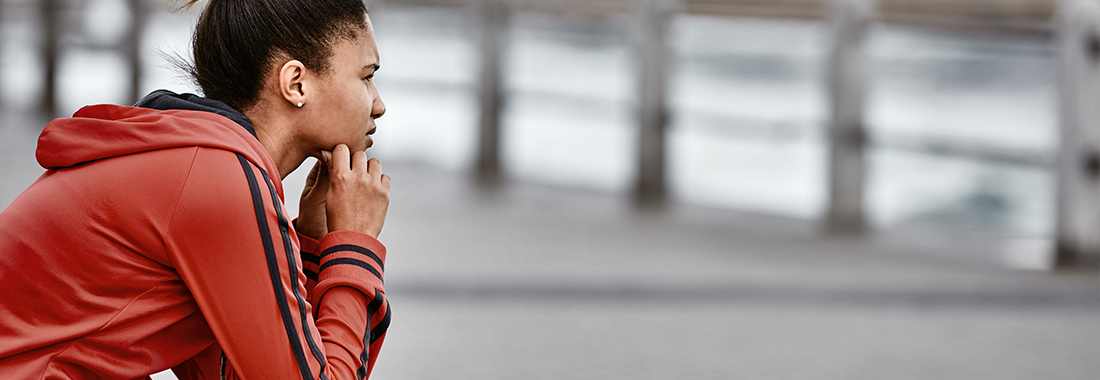Article Summary
- Self-reflection enables students to apply Psychology content to their lives.
- One effective self-reflection assignment involves three simple steps.
- Takeaway Projects can be engaging alternatives to final exams.
Ivan Wayne is a Doctoral Student in Educational Psychology at University of Northern Colorado.
Content in Psychology courses is easily applied to students’ lives. Many students reveal this is a primary reason they take Intro to Psychology or Psychology Foundations as elective courses.
However, the way a Psychology class can impact students long-term is not always discussed.
Ending a semester together, many students in Psychology courses have completed some level of informal self-reflection. Analyzing the field of Psychology reminds students of both themselves and things they’ve experienced in life so far.
Help Students Reap the Benefits of Self-Reflection
Bringing self-reflection into the class—and assigning a grade—reinforces the importance of active self-application. Towards the end of the semester, a project centered around self-reflection better enables students to take the Psychology content they’ve learned far beyond finals week.
Originally titled The Takeaway Project, you may name this summative assessment whatever you’d like, and modify it in any way you deem fit. The general goal is to have students reflect on how they’ve changed as a direct result of the Psychology content in your course.
This project empowers students to share those lasting takeaways with both their instructor and their peers. I typically use The Takeaway Project as either a final exam replacement or an assignment we focus on the week before Finals Week.
Have Students Self-Reflect in 3 Steps
As originally designed, this project requires students to select three different pieces of content from your course that they’ve found moving, impactful or memorable. I require students to bring these pieces of content from different units in the class, to prevent all their selections from referencing just one part of the course.
Requirements in The Takeaway Project begin with three questions, across each of the three pieces of course content, that students have selected:
- How did this piece of course content change a previous way of thinking for you?
- How did this piece of course content change a previous behavior of yours—or, how will it change a behavior of yours in the near future?
- What do you think most people in general society misunderstand about this piece of course content—or, what do you wish people in general society knew about it?
In total, these three prompts pertaining to three pieces of course content build nine requirements. The rubric is up to instructor discretion. I tell students this project can be completed in any format they choose. I sometimes require that students complete their assignment outside of writing a paper or creating a PowerPoint deck, enabling them to get out of their comfort zones.
Foster Self-Reflection with a Final Assignment
I require my class to present their final Takeaway Project to small groups of fellow students. I reserve a space on campus, however this can be done in Breakout Rooms on Zoom for online courses. For this portion of The Takeaway Project, I then:
- Assign students to small groups of five
- Instruct students to pick the order in which they’ll present
- Give each student 10 to 15 minutes to present their project and answer questions
I monitor the groups and listen in to what they have created. I typically don’t grade them on presentations, instead only grading their final product. You can then add the presentation into the rubric and assign points for this portion of the project.
Engage Learners on a Lifelong Scale
The Takeaway Project presentations remain one of my favorite class assignments. Students rave about it in their course evaluations, and sometimes even reach out on their own volition to thank me for assigning this type of self-reflection.
The idea that our courses can change students as people is incredibly powerful, and many students never get the opportunity to think this way about their classes.
As educators, we believe students should sign up for classes not to check off requirements, but to embrace and ignite their passions about learning. This project is one way to build that mission into our gradebooks and into the students’ college experience.
Reflect on Your Own Powerful Lessons
The Takeaway Project is powerful enough that I was inspired to start making my own Takeaway Project each semester. After students present in their groups, I share what my three biggest takeaways are. Each and every semester, I am pleasantly overwhelmed by the personal, emotional and connected nature of this day in class.
It’s time to inspire student learning by reminding them of the ways they’ve grown as a result of their hard work. They’ve studied, discussed and tested themselves on their Psychology content.
We should ask students to examine themselves in the mirror, inspiring them to become better people as a result of the psychological information they’ve learned. We can also model this behavior by sharing our own takeaways and letting them know we’re all lifetime students making sense of life one day at a time—using Psychology as our continual compass.
Learn More Teaching Tips
Want more ways to take teaching to the next level? Discover resources for various course formats and other ways to gain professional development in today’s higher-education landscape.

